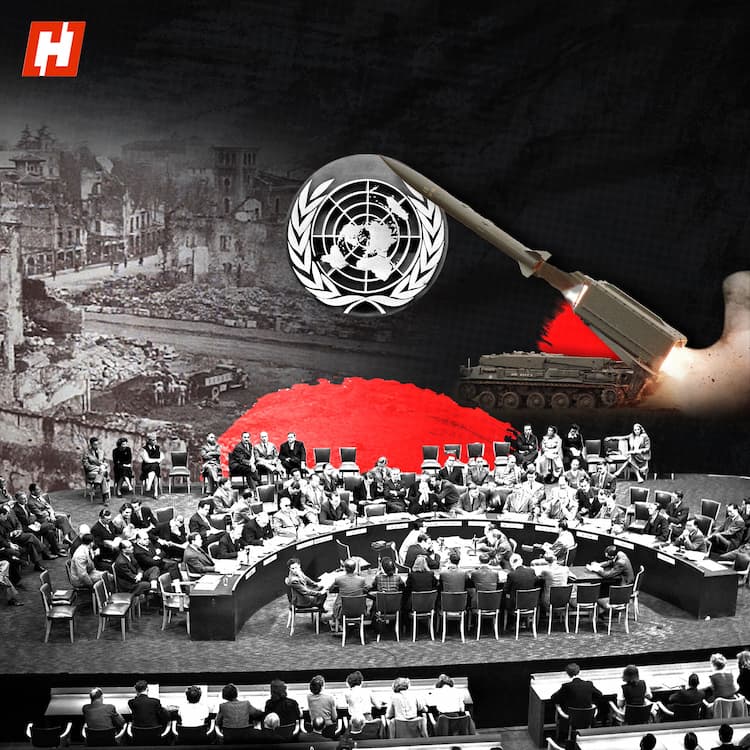The outcome of the Russia-Ukraine war hinges on ceding Donbas to Moscow.
There are reports that Russian President Vladimir Putin has made Donbas takeover a key demand for halting the military offensive on Ukraine.
At the Alaska summit on Friday, Putin reportedly pressed for Ukrainian withdrawal from Donetsk and Luhansk—which together form Donbas.
He made this proposal in exchange for halting offences and a written promise not to attack again.
Trump has, reportedly, backed Putin’s plan.
Days before the Alaska Summit, Trump had said that a “land swap” could help end the fighting—a proposal Ukraine’s Zelensky has repeatedly brushed aside.
In backing Putin for a land swap agreement, Trump has now put the ball in Zelensky’s court ahead of Monday’s meeting with the Ukrainian leader at the White House.
In a series of posts on Truth Social Platform on Sunday, Trump warned that the return of Russian-occupied Crimea and Ukrainian membership of NATO would be off the table in any negotiated settlement.
In a separate interview to Fox News after the meeting with Putin, Trump said that he told Zelensky to take the deal.
Why does Putin seek Donbas?
There are several reasons why Putin is bent on occupying Donbas.
First, the economic and strategic value.
The Donbas is Ukraine’s industrial heartland. It stretches across the Donetsk and Luhansk regions, bordering Russia.
The area is rich in coal and heavy industry, making it critical to Ukraine’s economy.
Control over Donbas would give Putin almost complete hold on eastern Ukraine and deprive Kyiv of an energy powerhouse.
The region also carries deep strategic value.
According to the experts at the Institute for the Study of War, Donetsk is a “fortress belt”.
It is here that the Ukrainian forces have built layered defences since 2014.
These include trenches, bunkers, minefields, and fortified urban zones that have blunted Russia’s advances for over a decade.
Analysts further believe that ceding Donbas to Russia would be a disaster for Ukraine. They say that it could open a direct path for Russia to advance towards the northeastern territories of Kharkiv, Poltava, and Dnipro— another large industrial and cultural centre.
Donbas' ties to Russia
Second, its historic value. The battle for Donbas is not new.
The Donbas was not part of Ukraine during its brief spell of independence in 1918, but it was incorporated into the Ukrainian Soviet Socialist Republic after the Russian Civil War.
Most of the region’s population was Ukrainian until Stalin’s campaigns led to the migration of Russian workers to the Donbas’ coal mines and factories.
There were also reports of mass killing of Ukrainian farmers and the suppression of the Ukrainian language under Stalin’s rule.
When the Soviet Union collapsed, about two-thirds of residents of the Donbas considered Russian their first language, according to census data.
Russian cultural identity and the language became even more dominant during the first decades after Ukrainian independence.
Hence, Donbas is at the centre of Putin’s ongoing conflict, which is shaped by his belief in the historical unity of Russian speakers across the former Soviet Union.
But it is highly unlikely that Zelenskyy will accept ceding control of Donbas.
The Ukrainian leader has said that abandoning the Donbas region would open the door for Putin to “start a third war” in Ukraine.





